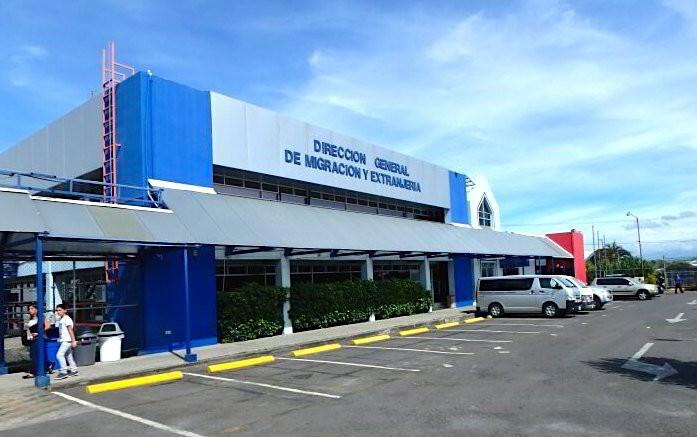If you're planning on moving to Costa Rica AND have kids somewhere in the near future, it might be interesting to combine the two. This way you’re likely to get your DIMEX within just a few months. This makes this the quickest and easiest way to get residency, although we’re not claiming that childbirth is easy...
In this article, we’ll tell you exactly how getting permanent residency in Costa Rica through your child works.

Giving Birth In Costa Rica
In Costa Rica, you can give birth either in a public or private hospital or at home.
Home Birth
Midwifery is not officially accepted as a profession in Costa Rica. Therefore, the few midwives that do offer this service, are often trained and certified abroad and work under the radar. Expect to pay around US$2500 for a natural birth at home. You will have exceptional prenatal and postnatal care, however.
Birth at a Hospital
Costa Rica is a country with an excellent healthcare system. The universal healthcare system, known as ‘Caja’, is run by the government. This includes large hospitals in the bigger cities to tiny clinics in rural villages. Then there’s the private healthcare sector, which is affordable and high-quality. Both are accessible by expats, and in both sectors, you can give birth.
Giving birth in a public hospital is free, but you probably are asked by the hospital staff to get affiliated with the Caja and pay a small monthly fee depending on your income.
If you choose to give birth in a private hospital, expect to pay anywhere from US$2000-3000 in hospital and doctor fees, and up to US$200 per night of stay.
Even though in recent years, Costa Rican law has changed in favor of patient rights, there are still many reports of mistreatment, unnecessarily ignoring your birth plan, unnecessarily administering drugs without consent, etc. Therefore, a Caja delivery can turn into a difficult experience for women who are accustomed to personalized medical care.
If you wish your baby the warmest welcome possible, it’s best to opt for a natural birth at home. At a private hospital, you can choose any type of birth, from a scheduled C-section to drug-free water birth, and still have the security of medical staff present.

Getting Residency
Congratulations on your newborn! Now you can continue the process of getting your residency.
As soon as you have the birth certificate from your baby, you are officially linked to a Costa Rican citizen, since he or she is automatically Costa Rican at birth. This is one requirement in the list of many to become a Tico resident yourself. Here is the complete list.
Requirements
Letter with reasons for soliciting residency
Payments.
US$200 if entered on a tourist visa
US$50 with your name
For the application ₡125 + ₡2.50 per page
Two passport-sized photos
Proof of fingerprint registration
Proof of consulate registration
Birth certificate of a foreign person
Certificate of past criminal record
Birth certificate from Costa Rican relative
Photocopy of all pages of the foreign passport
Here you find all the steps explained in detail.
Legalization and Apostille
Every document that’s been issued in another country has to be officially legalized or authenticated. Also, they have to be translated into Spanish, by an official translator. The best, and cheapest way to do this, is to find an official translator in Costa Rica.
It’s recommended to start well ahead of time gathering all the required documents since the process of legalizing and translating can take a while.

Migration Office
Since they are almost always very busy, it’s recommended to make the appointment with the Migración ahead of time. It’s very likely that the next available appointment is a few months into the future, so best to give them a call to verify the waiting period.
At the appointment, make sure you have all the documents required, the proof of deposits, passport photographs, etc. The official will check everything, and when all is well, you’ll be notified when you can pick up your DIMEX at a post office closest to you. Usually, this might take anywhere between 1 and 3 months, which is a lot faster than the other routes.
So, there you go! A step-by-step guide to probably the fastest way to obtain residency in Costa Rica, and you’ll get a baby with it for free! Well, maybe not for free…
If this post was helpful to you, or you’re in the middle of the process, let us know in the comments!
- Discover everything you need to know about moving to Costa Rica while enjoying 7 relaxing days at a beachfront resort, click here.




